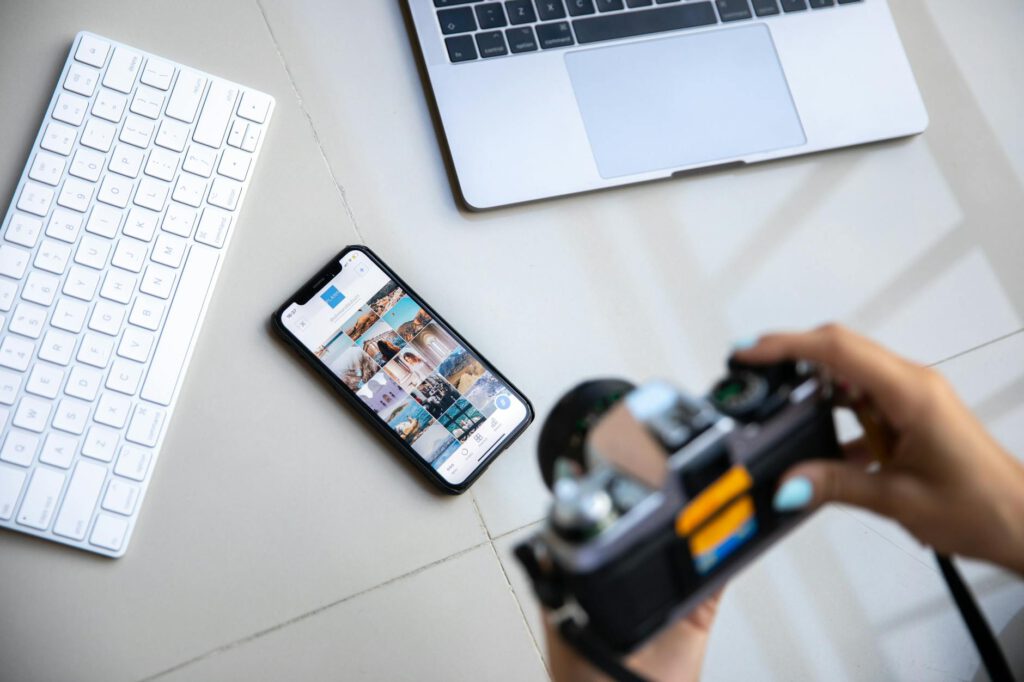: A Complete Guide
Introduction
Social media has revolutionized content creation, allowing individuals to share their creativity, opinions, and expertise with a global audience. However, with great reach comes great responsibility—especially when it comes to copyright laws. Many content creators unknowingly violate copyright rules, leading to legal disputes, content takedowns, or even financial penalties.
Understanding copyright laws is crucial for protecting your work and respecting others’ intellectual property. This guide covers everything social media creators need to know—from fair use to licensing and enforcement—so you can create confidently while staying compliant.
Main Idea: Why Copyright Matters for Social Media Creators
Copyright laws exist to protect original works, ensuring creators receive credit and compensation for their efforts. On social media, where content is easily shared and repurposed, violations are common. Whether you’re a YouTuber, Instagram influencer, or TikTok creator, knowing these laws helps you:
- Avoid legal trouble (DMCA takedowns, lawsuits).
- Protect your original content from unauthorized use.
- Ethically use others’ work (music, images, videos) without infringement.
Let’s break down the key aspects of copyright law every social media creator should understand.
Subtopic 1: What Is Copyright and How Does It Apply to Social Media?
Copyright is a legal right that grants creators exclusive control over their original works, including:
- Photos and videos
- Written content (blogs, captions, scripts)
- Music and sound recordings
- Graphic designs and illustrations
How Copyright Works on Social Media
When you post original content on platforms like Instagram, YouTube, or TikTok, you automatically own the copyright (unless you’ve transferred rights via contract). However, social media platforms often have terms of service that grant them limited licenses to distribute your content.
Example:
– If you post a photo on Instagram, you still own it, but Instagram’s terms allow them to display it on their platform.
– If someone reposts your content without permission, they may be infringing on your copyright—unless they have a license or fall under “fair use.”
Key Takeaway: Just because content is online doesn’t mean it’s free to use. Always assume content is protected unless explicitly stated otherwise.
Subtopic 2: Fair Use and Social Media—What’s Allowed?
Fair use is a legal doctrine that permits limited use of copyrighted material without permission for purposes like:
- Commentary or criticism
- Education
- Parody
- News reporting
However, fair use is subjective and depends on factors like:
- Purpose of Use – Non-commercial, transformative uses (e.g., reviews, memes) are more likely to qualify.
- Nature of the Work – Using factual content (news) is more acceptable than creative works (music, films).
- Amount Used – Small excerpts are safer than reproducing entire works.
- Effect on Market Value – If your use harms the original creator’s income, it’s less likely to be fair use.
Example:
– A YouTuber analyzing a movie scene (with short clips) may qualify as fair use.
– Reposting an entire song on TikTok without permission likely does not.
Tip: When in doubt, seek permission or use royalty-free/licensed content.
Subtopic 3: Steps to Protect Your Own Content
As a creator, safeguarding your work is just as important as respecting others’. Follow these steps:
1. Add Copyright Notices
- Use watermarks on images/videos.
- Include a copyright disclaimer (e.g., “© [Year] [Your Name]. All rights reserved.”).
2. Register Your Work (Optional but Recommended)
- In the U.S., registering with the Copyright Office strengthens legal claims in infringement cases.
3. Monitor for Unauthorized Use
- Use reverse image tools (Google Images, TinEye).
- Set up Google Alerts for your brand name.
4. Issue Takedown Notices (DMCA)
- If someone steals your content, file a DMCA complaint with the platform.
Subtopic 4: Legally Using Others’ Content
Want to use someone else’s music, footage, or images? Here’s how to do it legally:
1. Use Licensed or Royalty-Free Content
- Free Sources: Unsplash, Pexels, Pixabay (images/videos).
- Paid Licenses: Epidemic Sound, Artlist (music).
2. Seek Direct Permission
- Contact the creator for written consent.
3. Give Proper Attribution
- Even if content is free, credit the creator as required.
Example:
– YouTube’s Audio Library offers free tracks for creators.
– TikTok’s Commercial Music Library allows licensed music use.
Tools & Resources for Copyright Compliance
- Plagiarism Checkers: Copyscape, Grammarly.
- Image Recognition: TinEye, Google Reverse Image Search.
- Copyright Registration: U.S. Copyright Office (copyright.gov).
- DMCA Services: DMCA.com (takedown requests).
FAQs on Social Media Copyright
1. Can I use copyrighted music in my videos if I give credit?
No, credit alone doesn’t grant rights. Use licensed music or seek permission.
2. What if someone steals my content?
File a DMCA takedown notice with the platform.
3. Are memes copyright infringement?
Often yes, but many fall under fair use due to parody/commentary.
4. Do I own my social media posts?
Yes, but platforms may license them for distribution.
Conclusion
Navigating copyright laws as a social media creator doesn’t have to be overwhelming. By understanding your rights, respecting others’ work, and using legal resources, you can create confidently while avoiding legal pitfalls.
Protect your content, use licensed materials, and always stay informed—because in the digital world, knowledge is your best defense.
Ready to create responsibly? Start applying these copyright best practices today!

